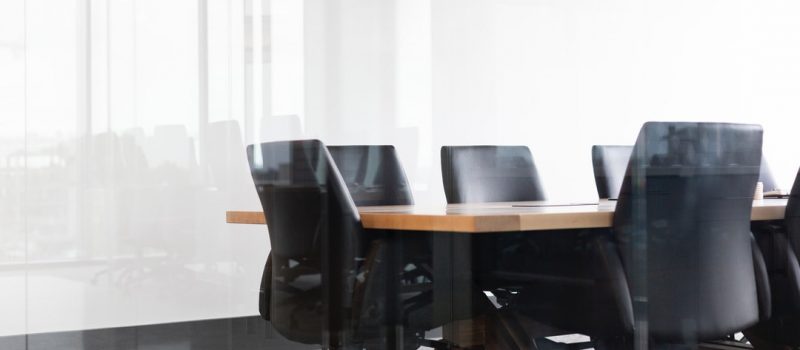Attending a work meeting can be seen as unexciting and a time sucker. They typically run too long, talk around points that are needed, and are generally seen as less than productive.
However, these stereotypes do not have to be the common denominator in your meeting space! There are a number of ways to improve productivity by using an intelligent conference room design.
We have 5 tips to help you make your meeting room a source of pride for your office! Keep reading for more information!
1. Meeting Room Lighting
When considering the lighting for a meeting room, it is important that the fixture is interesting but not distracting. Equally as important is the brightness of the light.
No one wants to feel as though they are being interrogated when sitting in a meeting, but the light shouldn’t be so dim that it is reminiscent of bedtime. Natural lighting is ideal, but the sun isn’t always out and meetings don’t always take place during optimal natural lighting.
In addition to the brightness of the light, consider where the lights will be placed. A light directed at a whiteboard or screen will cause glare and make it difficult to concentrate.
2. Conference Room Design: Furniture
Chances are you have an idea of the average number of people attending your meetings. This number can help decide the size of the table and the number of chairs needed.
Typically, softer shapes like circles are seen as more pleasant and chairs with rounded edges tend to be more comfortable.
A chair or two can always be added, but excess furniture can cause the room to feel crowded, which can induce stress and anxiety.
3. Visual Aids
Consider what visual aids, if any, you will have in your conference room. Although we are living in an age that cries for everything to be technical, don’t forget about the simple whiteboard.
Ideally, visual aids should be multi-purpose and functional for many types of meetings. It is worth noting that giving employees the ability to problem-solve in group settings is a great way to retain the best talent.
Although just about everyone has laptops and tablets, consider having different colored pens and several sheets of paper. Some employees enjoy doodling as it is shown to increase concentration.
4. Connectivity
The last thing anyone wants is to deal with slow internet speeds. Although this problem may only add a few minutes to a meeting, it can seem like it adds hours.
This is a quick way to lose the attention of employees, board members, or other meeting attendees.
If you find that your internet is lagging or there are slow speeds in that area of the building, consider installing a Distributed Antenna Systems (DAS) integrator.
5. Temperature Controls
Having control over the temperature in a room is nice, but there is a science behind what is considered comfortable and productive.
Some people feel that colder temperatures keep them awake, or warmer ones decrease errors. The best idea is to find what works for everyone in that meeting… and lower or raise the temperature by a degree or two.
This will keep people awake, on their toes, and still comfortable.
A Meeting Room People Are Excited About
Each company is different, but human psychology doesn’t change much. Following these tips for conference room design will enable your team to be productive in their next meeting.
They may even be excited, attentive, and present great ideas (if they don’t already!)
If you’d like more information about designing your business space, check out our business resource archives!

